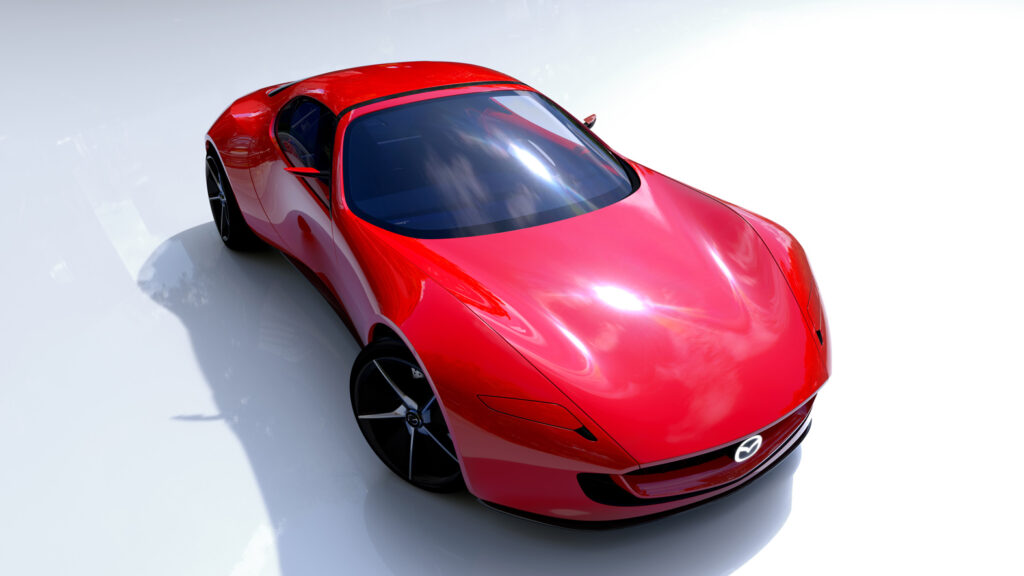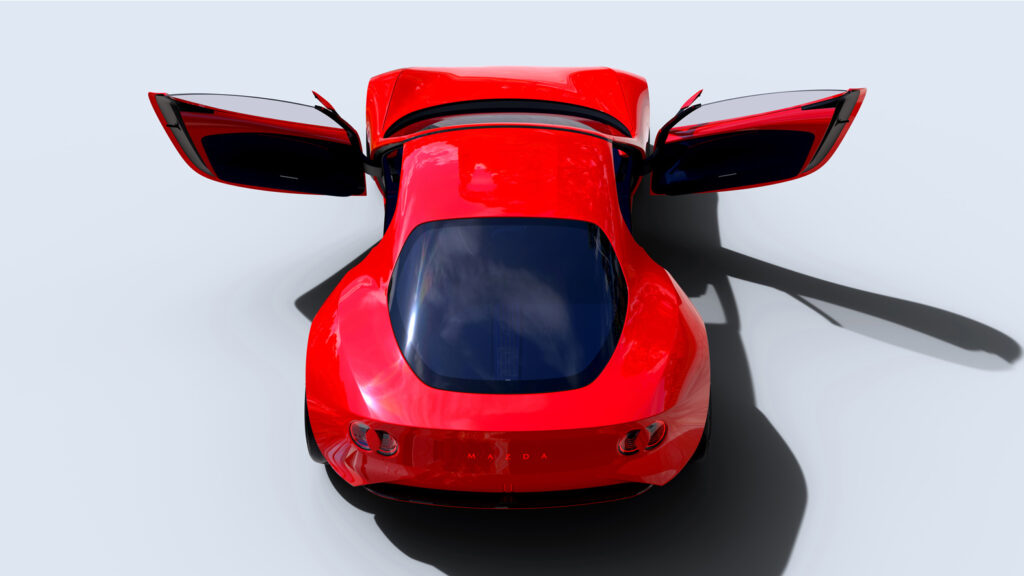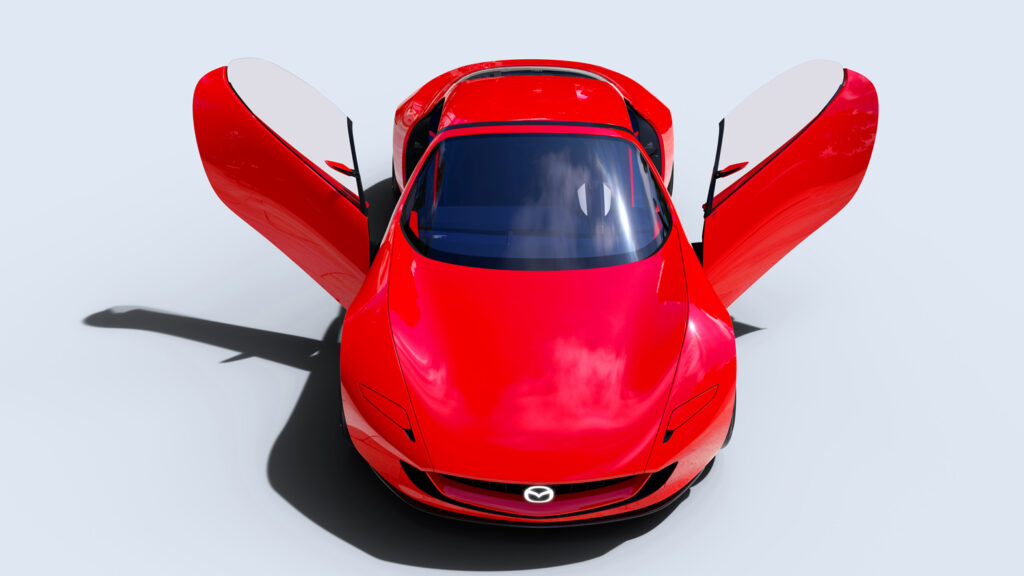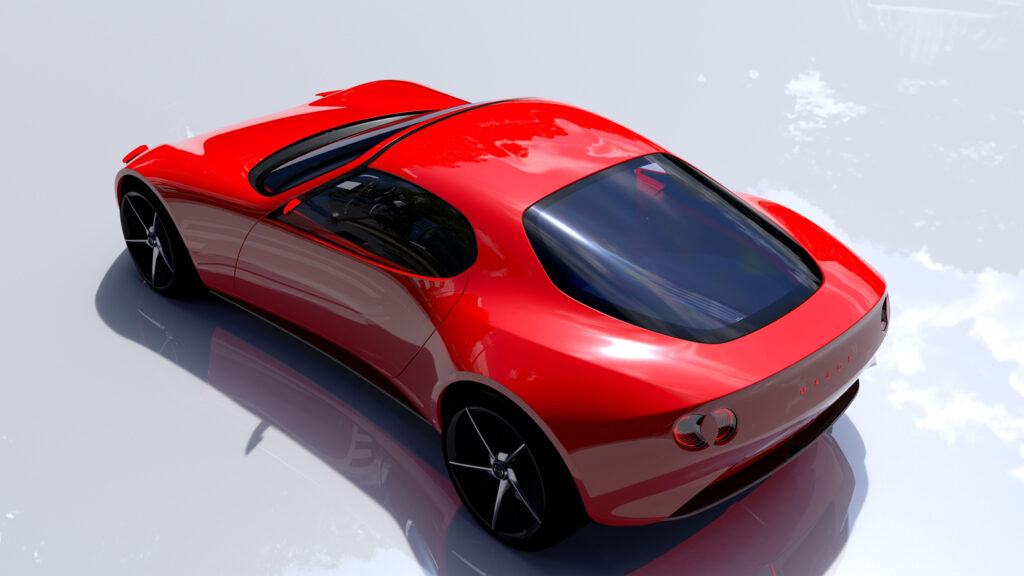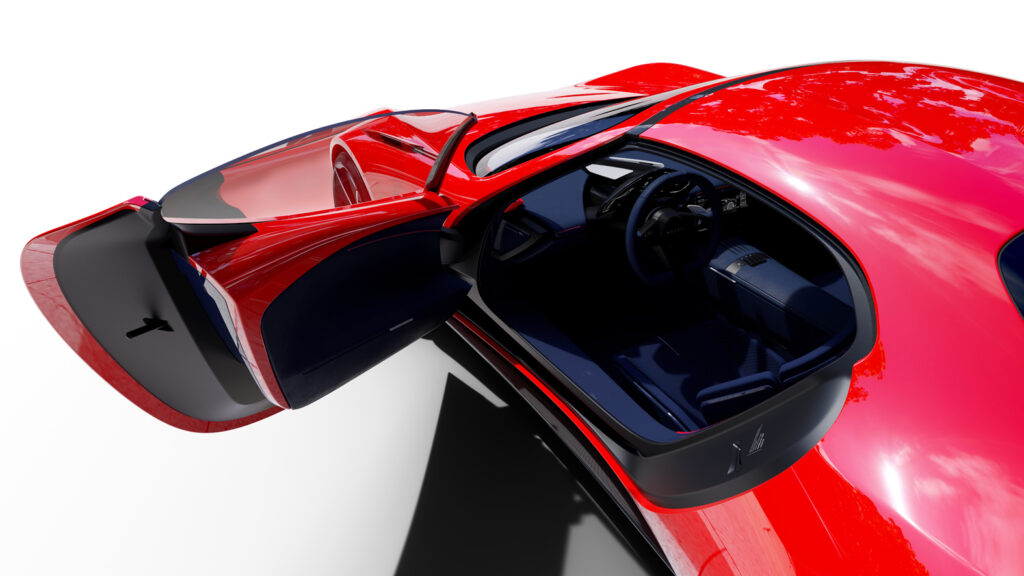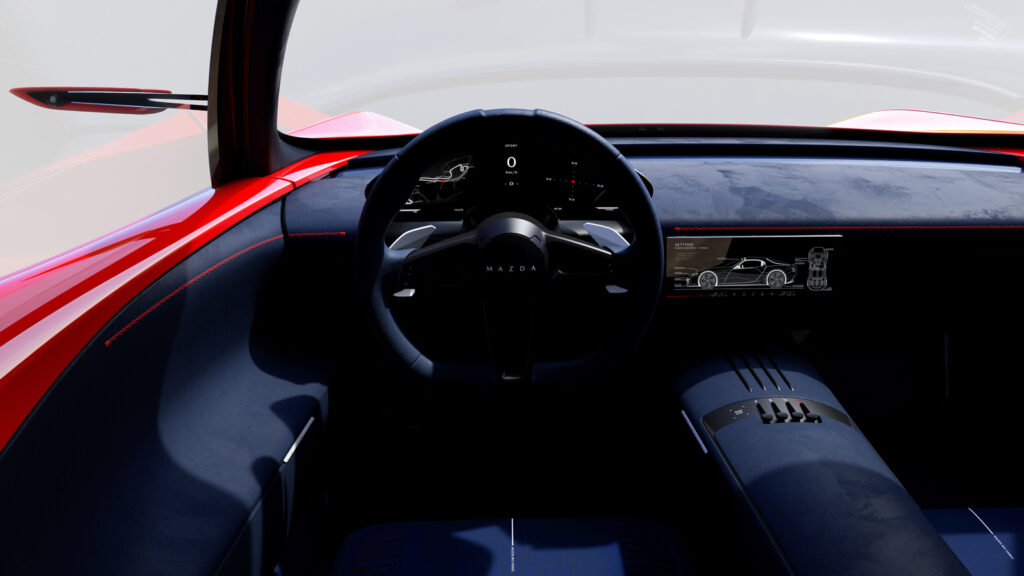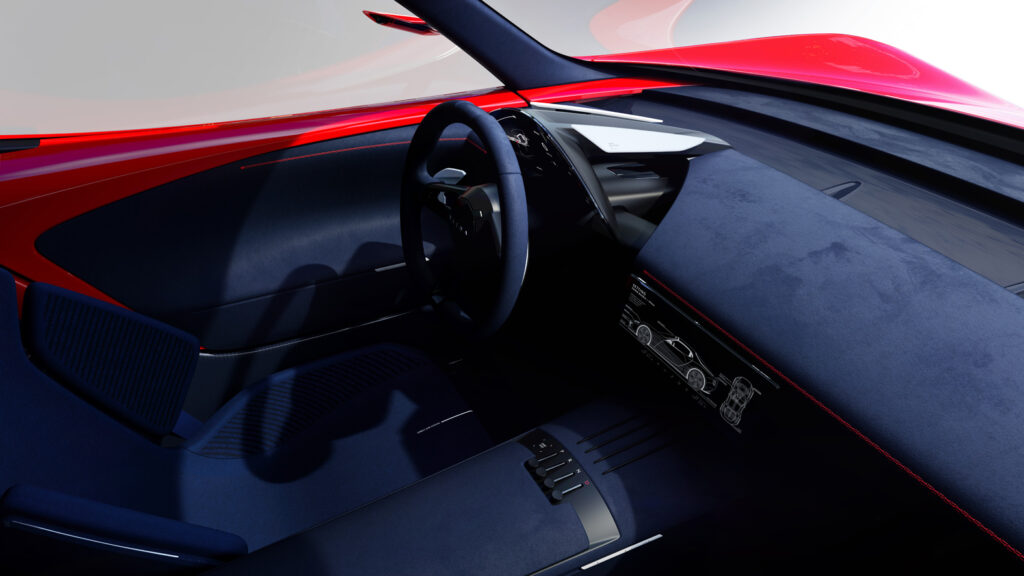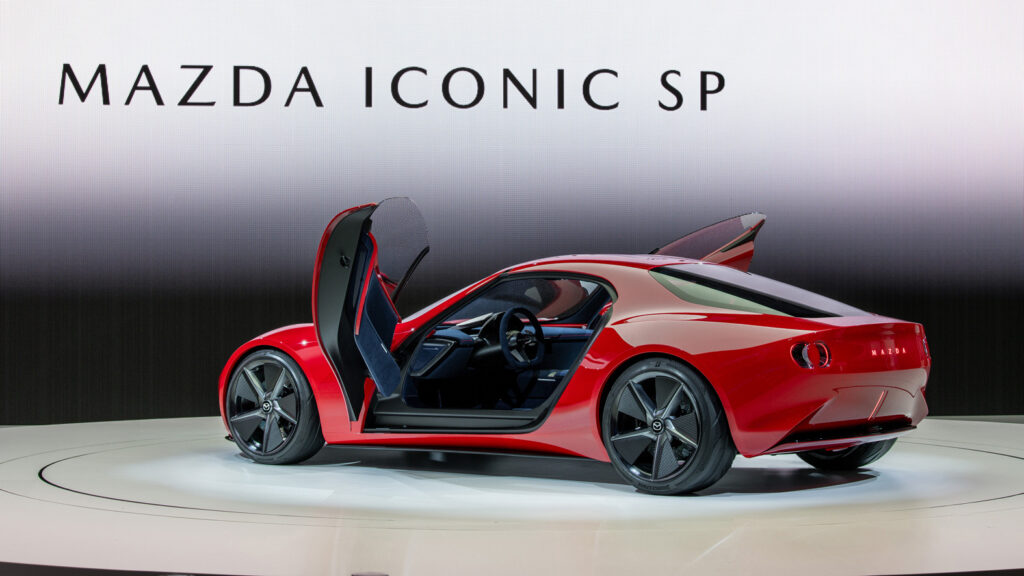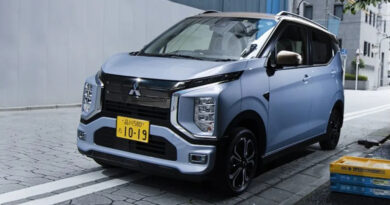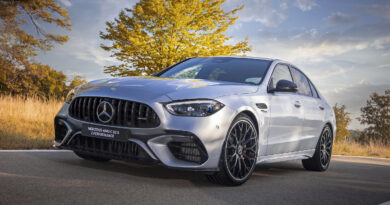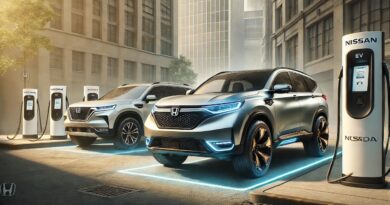Mazda rediscovers it stylistic mojo with its stunning Iconic SP concept. Could it be the MX-5’s electrified successor – or even the return of the RX-7?
Tipped to preview a production sports car, possibly even the next MX-5, Mazda’s Iconic SP concept conjures fond memories of the fellow rotary-powered third-gen (FD) Mazda RX-7, and size-wise the show car is only a little shorter (-105mm) but wider (+90mm) and lower (-80mm).
Revealed at the Japan Mobility Show in Tokyo, the Iconic SP is said to be an evolution of last year’s Mazda Vision Study concept. And beneath its svelte curvaceous skin is an overhauled version of the range-extender hybrid system employed by the current Mazda MX-30 R-EV.
Featuring an all-new twin-rotor engine, Mazda claims its new-generation rotary can run on regular 91, as well as carbon-neutral e-fuels and hydrogen.
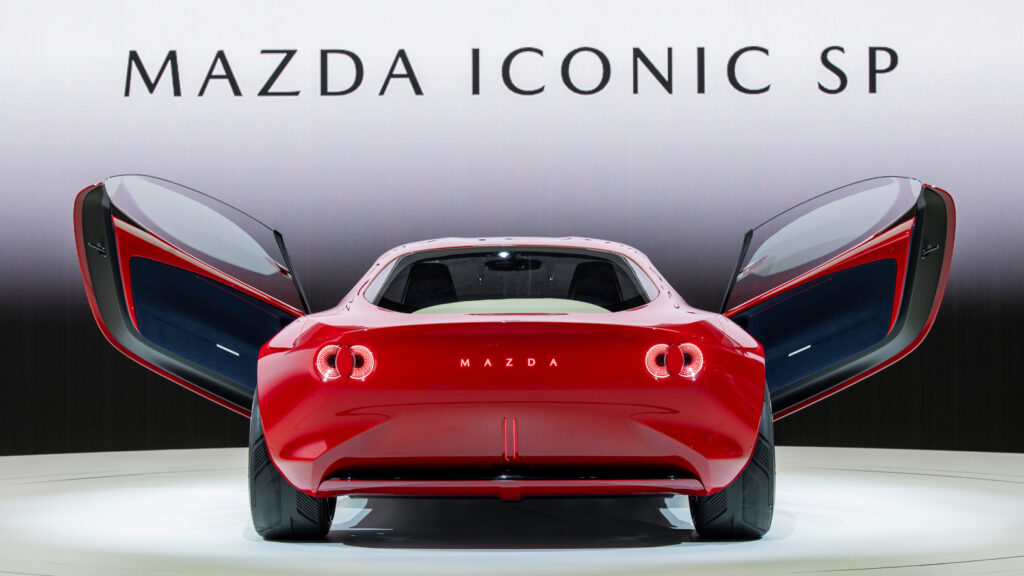
Will MX-5 fans be interested?
With no physical connection to the wheels and used simply to feed the Iconic SP’s battery, spinning the wheels are dual motors that combine to produce a punchy 272kW.
No word of performance capabilities, but since it features twice the power of an MX-5 it sounds like an appetising combination. But we must factor in the Iconic SP’s 1450kg weight being some 300kg over a Mazda MX-5 roadster’s.
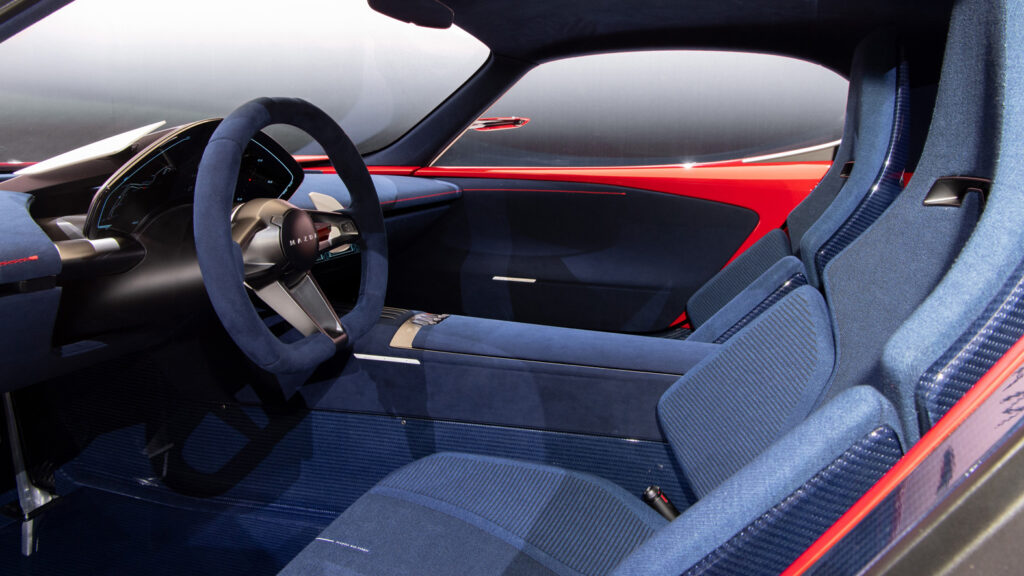
Mazda hasn’t said how big the concept’s battery is, but declared that thanks to a handy vehicle-to-load (V2L) function it can power your house during an outage for up to a week.
To ensure it delivers top-drawer driving dynamics the Mazda coupe boasts a low centre of gravity and 50:50 weight distribution.
Commenting on the new concept, the Japanese car maker said: “Mazda Iconic SP is a new type of compact sports car concept, designed to adapt to the new era and respond to the emotions of customers who love cars and desire a car that simply embodies the joy of driving.”
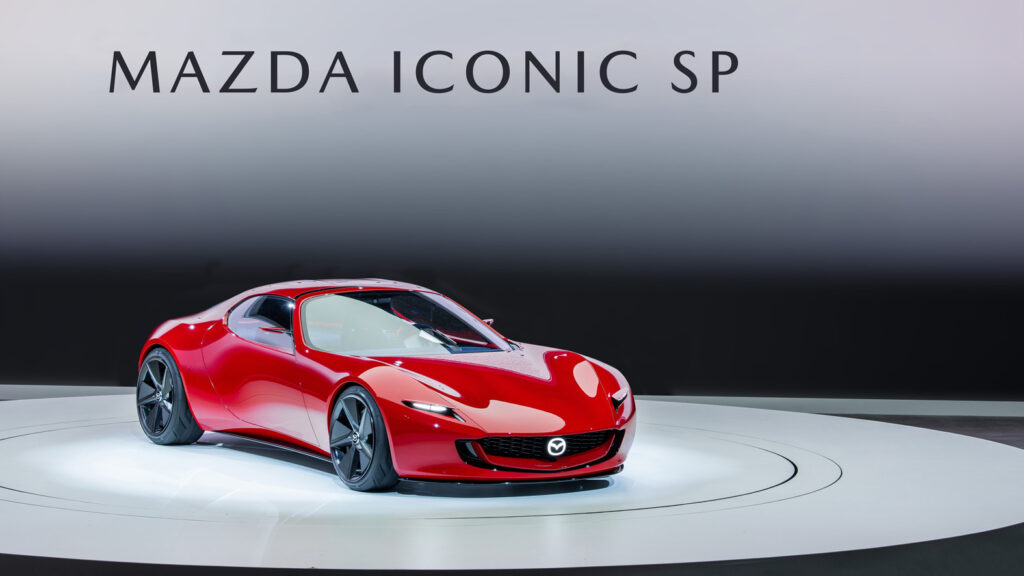
There’s no word when Mazda plans to launch the first car directly inspired by the beautiful Iconic SP, but it’s thought the new twin-rotor powertrain will help the brand transition cars like the MX-5 from combustion to its all-electric future.

